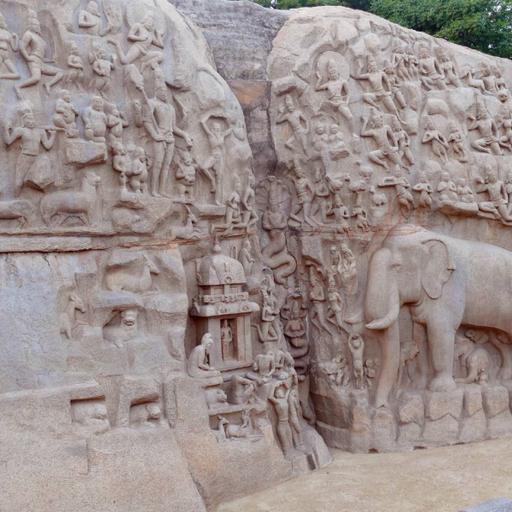The Mughal Dynasty
Presentations | English
From mid 1500s to beginning of 1700s, Mughal emperors controlled Indian subcontinent. The first six Mughal emperors of the Dynasty are Babur, Humayun, Akbar, Jahangir, Shah Jahan and Aurangzeb. They contributed in changing face of India by achieving in political, military and artistic achievements. Babur was the founder and very first Mughal emperor, known for bringing gunpowder to India and defeating Ibrahim Lodhi in First Battle of Panipat. Humayun, Babur's son, was the second great leader of the Dynasty, his exile in Persia restored Mughal rule in India. Akbar was the third Mughal emperor, whose victory over Gujarat led to construction of Fatehpur Sikri. He discouraged practice of Sati and widow remarriage. Jahangir was Akbar's son, known for establishing Zanjir-i-Adal at Agra fort for those sought royal justice. Shah Jahan is known for building Taj Mahal, Moti Mahal and Red Fort and his reign is the Golden Era of Mughal Empire. Aurangzeb is the last and notable emperor of the Dynasty, whose reign helped in gaining political strength and became world's powerful economy. Weak successors, degeneration of Mughal Nobility and demoralization of Mughal Army caused decline of the Empire. Looking for more information about the topic? Check out the presentation.

Free
PPTX (89 Slides)
The Mughal Dynasty
Presentations | English
